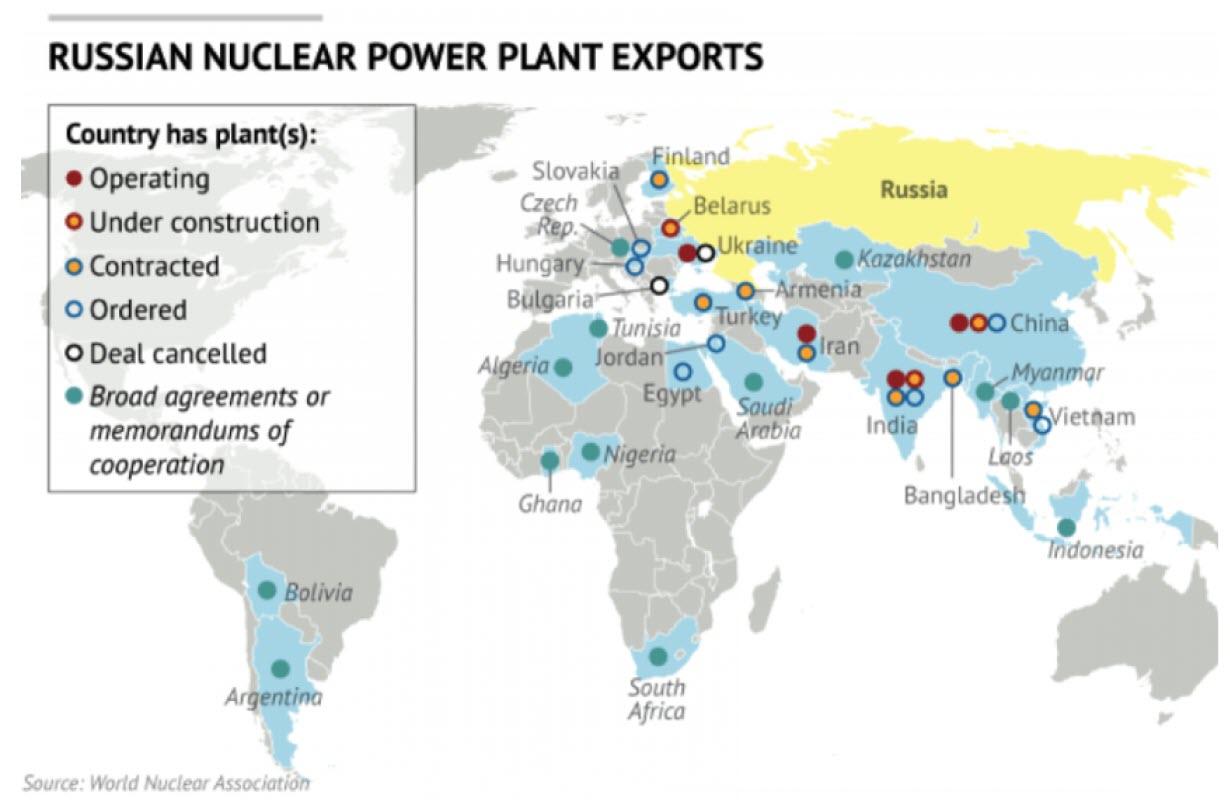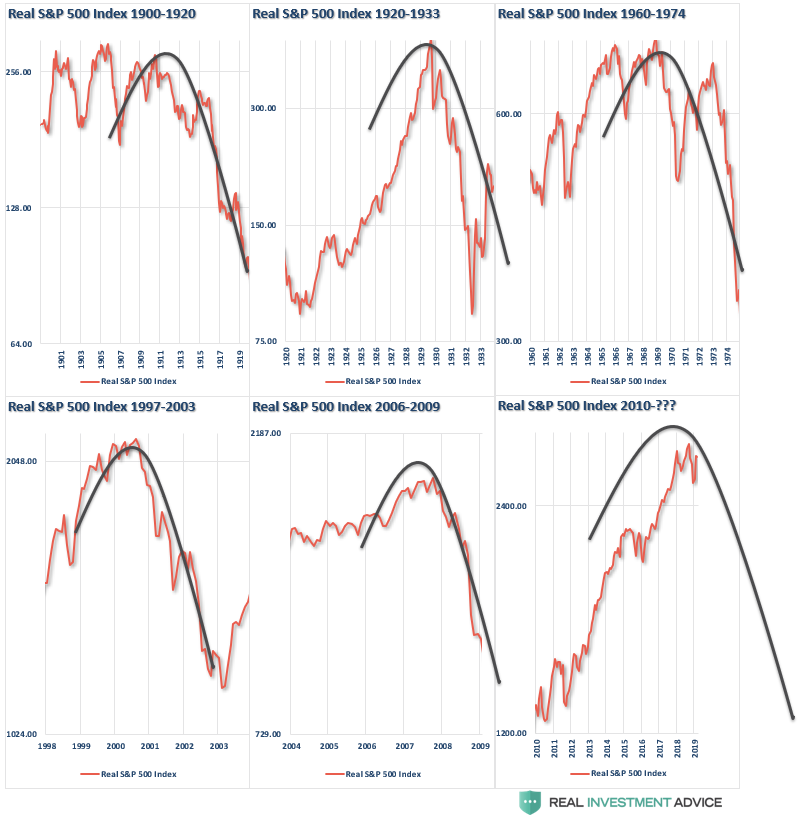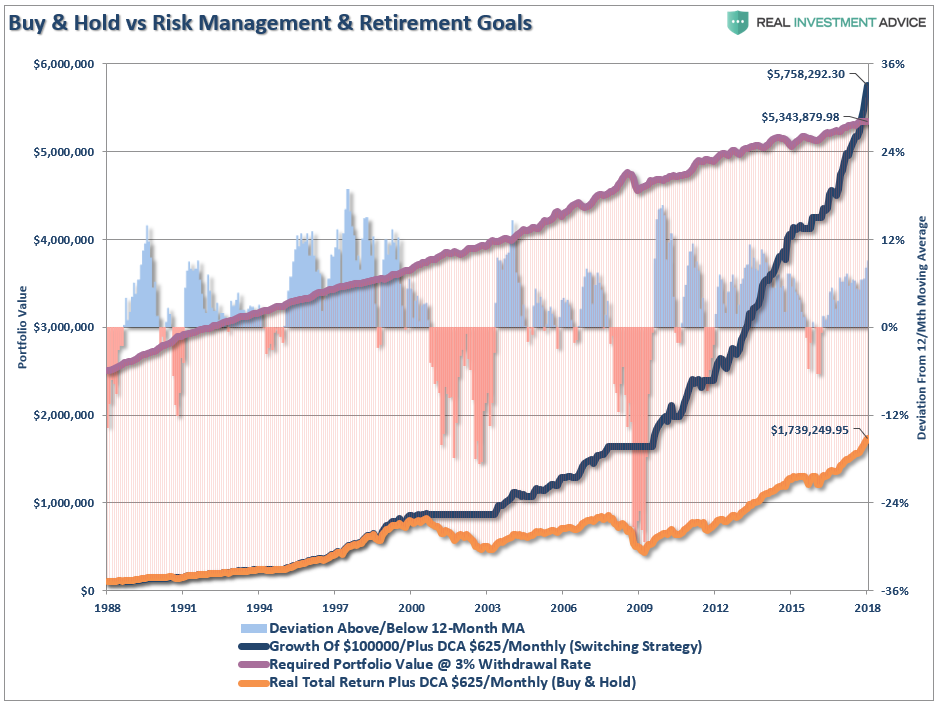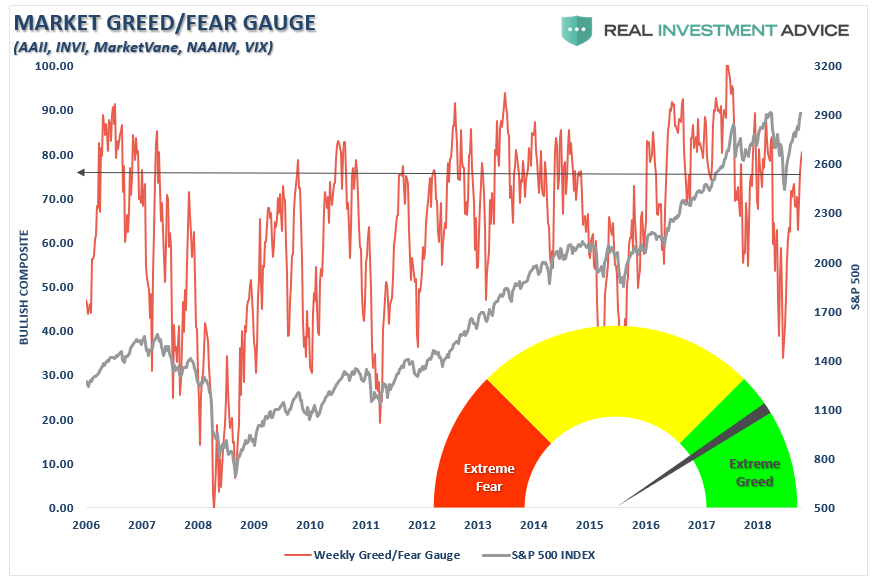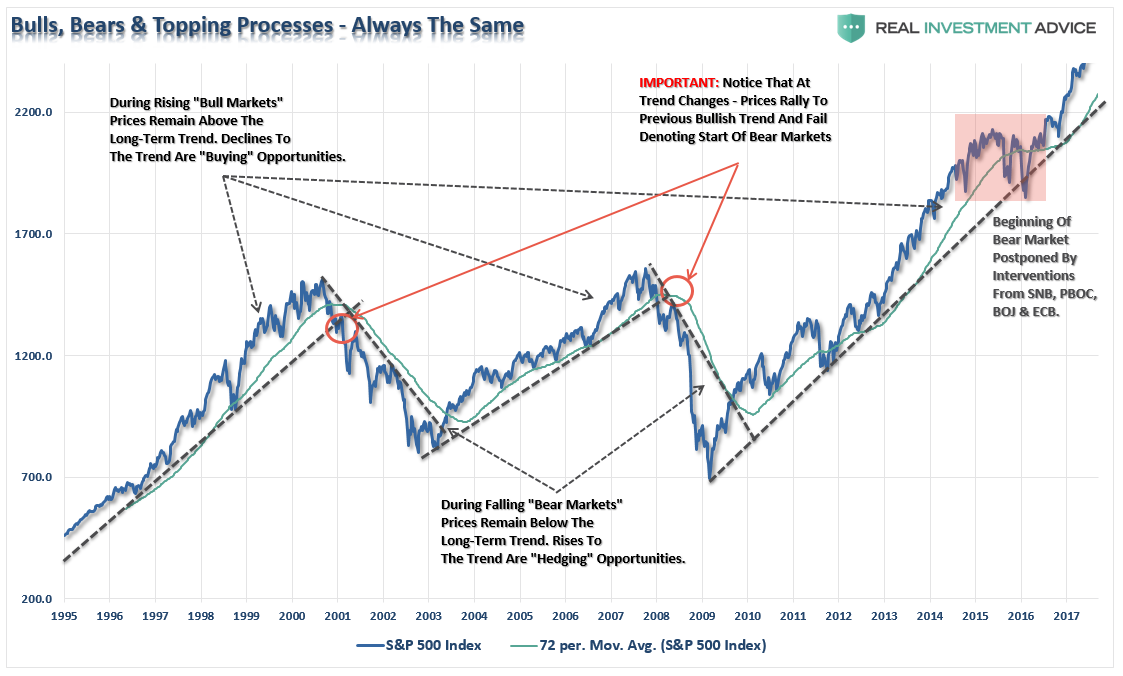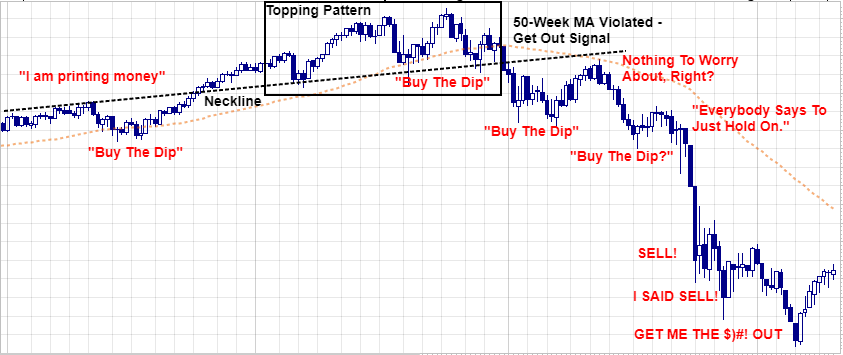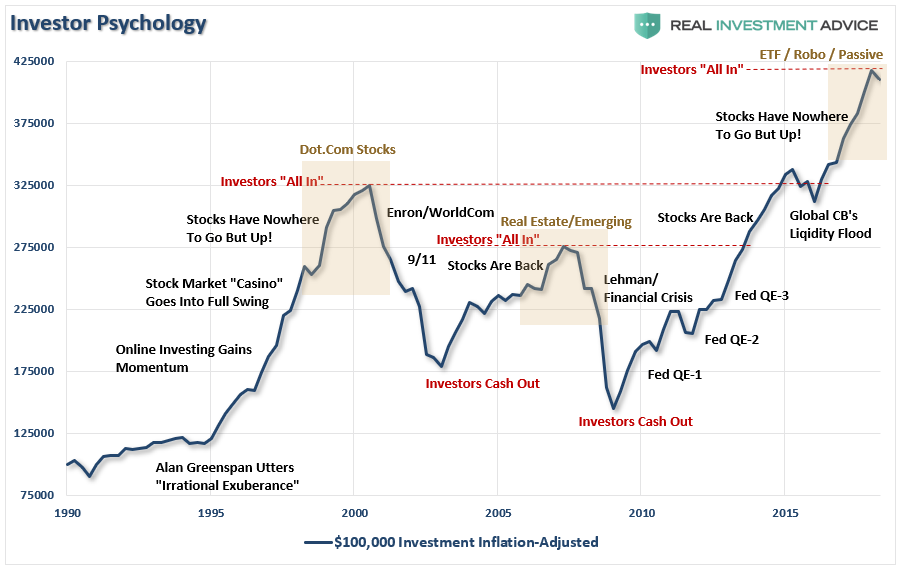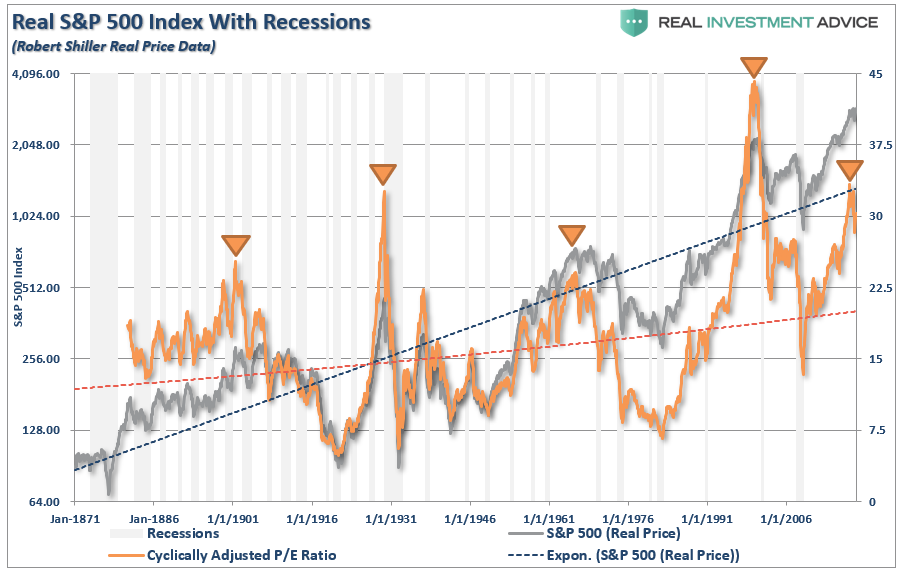Oil prices may have had an impressive rally this year – until last week – but the longer-term trend looks downbeat. “Deflationary forces are gathering momentum,” Morgan Stanley analysts wrote in a new report.
The most recent jump in prices through mid-May came largely as a result of geopolitical riskand supply outages. Rising tensions in the Middle East and disruptions in places like Venezuela and Iran are showing no signs of going away anytime soon. These geopolitical factors will keep some upward pressure on oil prices for the next few quarters.
However, in the background, there are several variables that could exert deflationary pressure on the oil market. Morgan Stanley has noted that U.S. shale is slowing, “but with 200 [billion] barrels of resource with breakevens in the $40-45/bbl range, there is an increasingly credible scenario that shale could grow >1 mb/d per year out to 2025.” Moreover, oil producers are turning to a variety of digital technologies, robotics and automation that could keep costs in check. That’s good for individual oil companies, the investment bank argues, but in the aggregate, it puts a lid on crude prices.
Morgan Stanley drew parallels to copper and aluminum markets. In the past, oil was like copper in that producing the next project became more and more expensive. Scarcity meant higher prices and the tendency for companies to venture into ever riskier frontiers. On the other hand, shale is more like aluminum, the bank says – the resource itself is abundant, so costs are more determined by the industrial process that comes after extraction. As a result, as technology improves, costs fall. Aluminum prices have steadily declined over the last century while copper has been more volatile and cyclical.
Because of shale’s increasingly important role in the global market for crude oil, the entire oil market may begin to resemble what has occurred with aluminum. In other words, there is a cap on oil prices in the medium-term, Morgan Stanley argues. That leaves little room for OPEC+ to add production; the group may have to maintain its output curtailments for years to come.
Depressed prices mean that investment outside of North America could dwindle. That’s bad news for companies working outside of the U.S. and Canada and also negative for oilfield service companies. “For the majors and the E&Ps, their place on the cost curves would be more critical than ever,” Morgan Stanley warned. “Ongoing focus on cost and capital efficiency would remain a key priority.”
On top of this, as other governments try to compete for capital with North America, tax rates on the energy industry could fall, Morgan Stanley said. That also could act as yet another deflationary force.
This narrative is a rather optimistic take on U.S. shale, and not one that everyone agrees with. For instance, it’s not clear that breakeven prices have really fallen all that much. There is evidence that the breakeven in the Permian has been right at about $50 per barrel for several years, barely budging despite a lot of hype about cost-savings.
Meanwhile, a recent report from the Post Carbon Institute argues that the intensification of drilling, and the fast ramp up in production, merely front-loads production and does very little to increase the ultimate amount of oil recovered. The faster the industry drills out the best acreage, the faster the resource becomes picked over. Drillers will be forced into non-core areas, where costs are higher and recover rates are less attractive.
Morgan Stanley acknowledges risks to its forecast. For instance, geopolitics cannot simply be discounted as a phenomenon that will go away. Indeed, politics and upheaval have characterized the oil industry since its inception.
In addition, the bank is assuming “that the US E&P industry will continue to overcome key operational bottlenecks relatively quickly and without major impact on break-evens,” the bank said. “Perhaps sweet spot exhaustion, parent/child interference, rising gas or water cuts, crude quality issues, the capacity of the refining system to absorb large quantities of light crude, etc., will eventually slow production growth from the potential that we currently estimate,” the bank conceded in a rather long list of caveats.
On the demand side, there are also deflationary forces taking hold. Weaker demand could cap oil prices as well. Morgan Stanley points out that demand has grown at a roughly 1.3-mb/d rate for the last few years, but that rate of consumption could fall to 0.8 mb/d by the mid-2020s. This too is the subject of a great deal of debate – some see demand slowing even faster, while a large number of other analysts see demand remaining rather strong through the decade and into the 2030s. If demand does not slow, the oil market will need much more supply, and the deflationary thesis could be undercut somewhat.
Regardless of whether one agrees with Morgan Stanley’s deflationary thesis, one argument does ring true: Whatever happens in the U.S. shale industry – and more specifically, how the Permian boom unfolds in the next few years – will go a long way in determining the trajectory for the rest of the global oil market.


